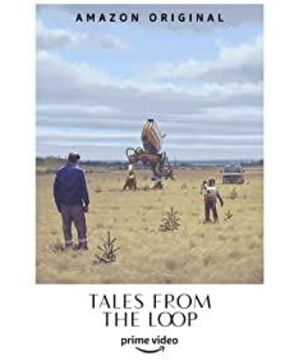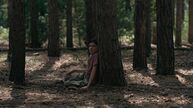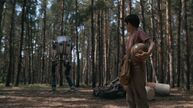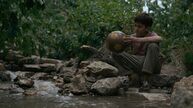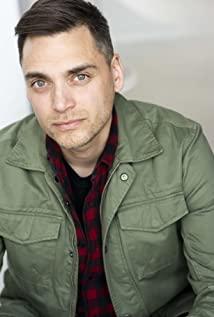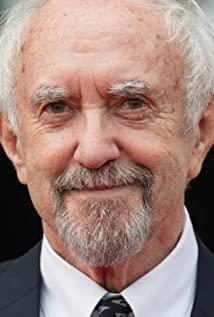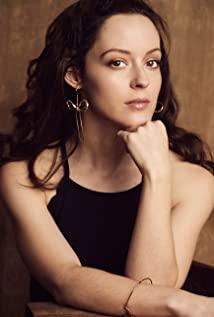To classify Ring Story as science fiction is, in my opinion, a deliberate and wonderful misunderstanding.
The stage is a small town, and the underground is a huge physics laboratory, the loop. Almost all adults are staff there, and this "loop" is the background of all stories and the center of all characters' lives. The town is located in the wilderness, surrounded by fields and forests, not far from the sea. There are so many empty mirrors and slow mirrors of natural scenery that it can be said to be flooded. If such a visual language were to be translated into words, it would presumably be long sentences filled with adjectives and interjections. The soundtrack is a melancholy violin concerto. When there is no music, there are insects, wind, and clock hands in the silence.
In terms of world setting, visual style, and aesthetic leanings, it's certainly sci-fi. At first I almost suspected that this was CERN's aesthetic style promotional film. For those who like science fiction, the picture alone is irresistible candy: a huge object with a blue light, as if it is in the future, but it looks like the seventies, gray cement, old wood, the display is a vacuum tube, mechanical Squeaky, a mix of futuristic imagination and retro nostalgia. There's no need to say more about the charm of this style. The 1970s, the era of the Cold War and the era of the moon landing, were also the "hometown of the times" imagined by many science fiction.
But I still think it's more of a magic story than a sci-fi show.
Cole, the little boy in the play, asks grandpa, what are you doing underground? Grandpa replied, impossible, I proved it possible. I don't think "real" scientists would say that. "Real" science thinks about turning the unknown into the known. If it does make the impossible possible, it is more like a by-product of "understanding" and "knowledge". And focusing on the impossible is actually magic.
Although the scenes and installations that play a key role in the play have the appearance of technological products, in the final analysis, they are a series of "magic places" and "magic objects". No one has explained why this happened, or what happened, but the people in the play got into a door, flipped a switch, exchanged souls, time stopped, and the rusted iron spherical shell echoed out the future lifespan. Isn't that what the mountain gates, spindles and tree holes in fairy tales are like?
Science becomes magic, or we need magic whenever, not in reality but in imagination. However, the magic in "Speechless Ring" has a kind of "scientific" calmness, even coldness. It fails to bring the sweet and greasy ending of happily ever after, and often even causes irreversible tragedy, bringing cold and bone-chilling of sorrow. In this magical world, everyone is completely alone. There are relatives and families, and suddenly they are separated. The more you want to capture the most beautiful moments, the more you will lose them. Some mistakes can be made up for a little, and more regrets can never be eliminated. It's not fair, Cole said. It is not, well, maybe actually it is.
Maybe this is not only the "sci-fi" temperament, but also the Nordic temperament of the original. This magic does not belong to a perfect heaven, whether religious or scientific. Under its influence, there is "return", but no "eternity". People in the play keep referring to "time". Magic can distort time, but it cannot reverse it, so that everything stays the way it was. This is the magic of "Sakya", even if it can change the color of the world, it cannot change that all people have death, and all gods have twilight.
View more about Tales from the Loop reviews


